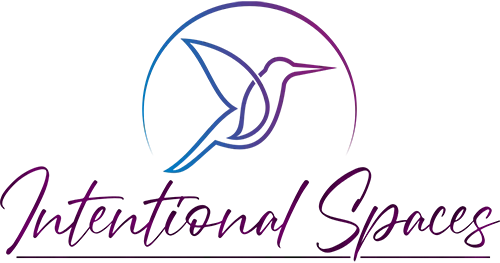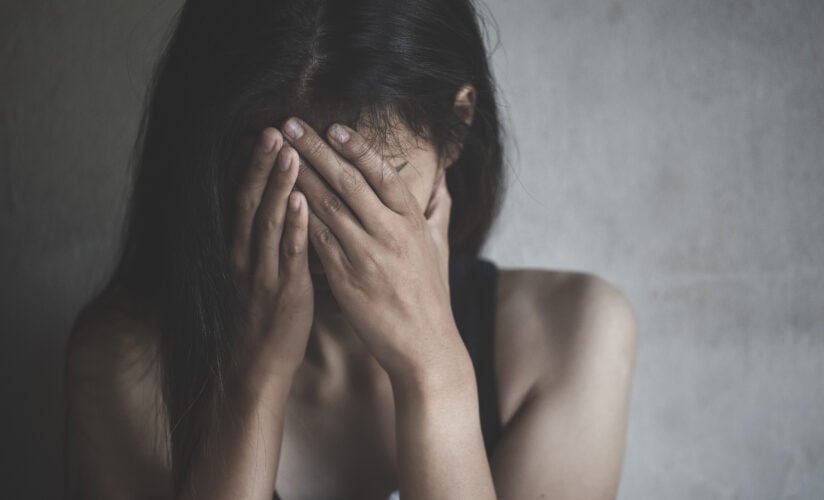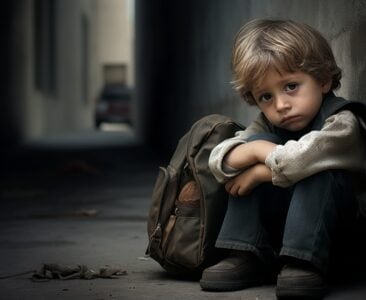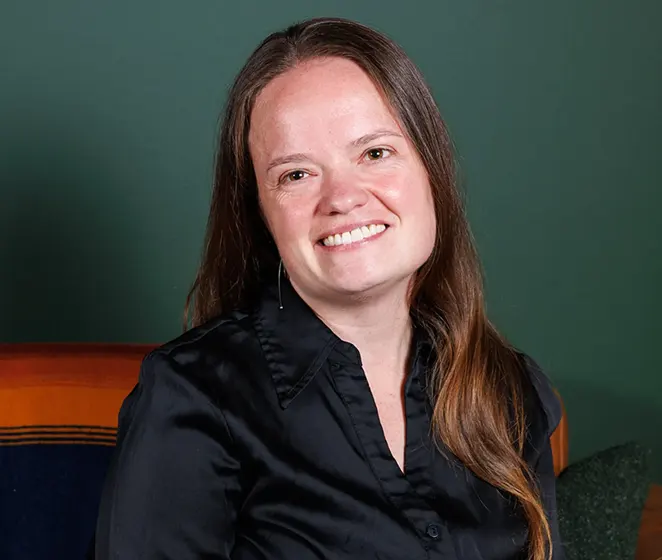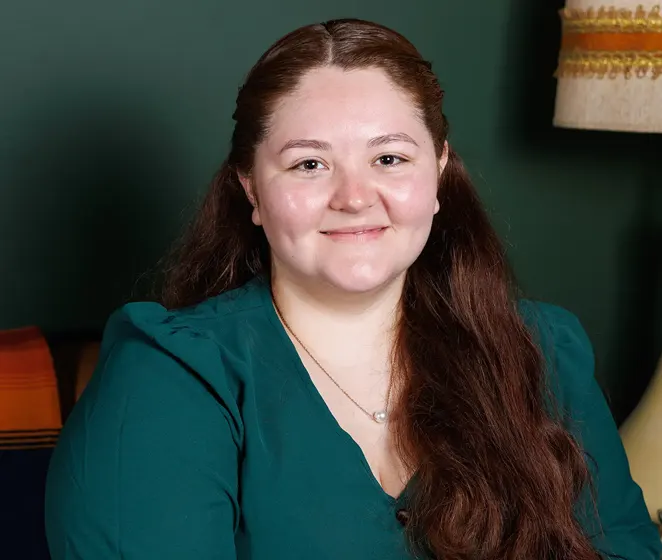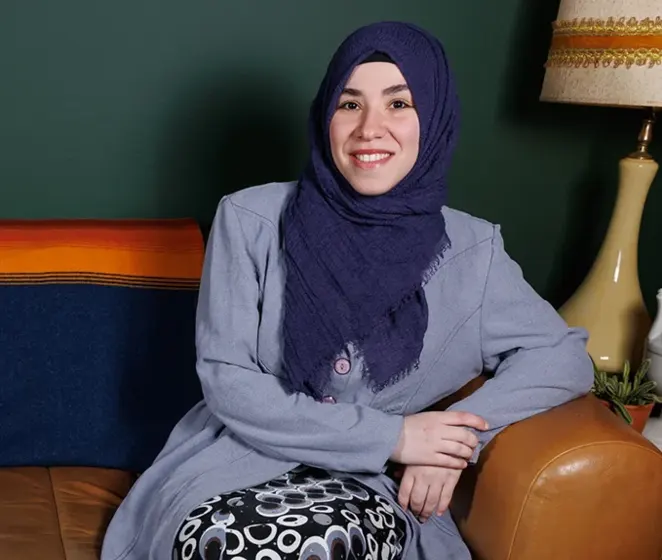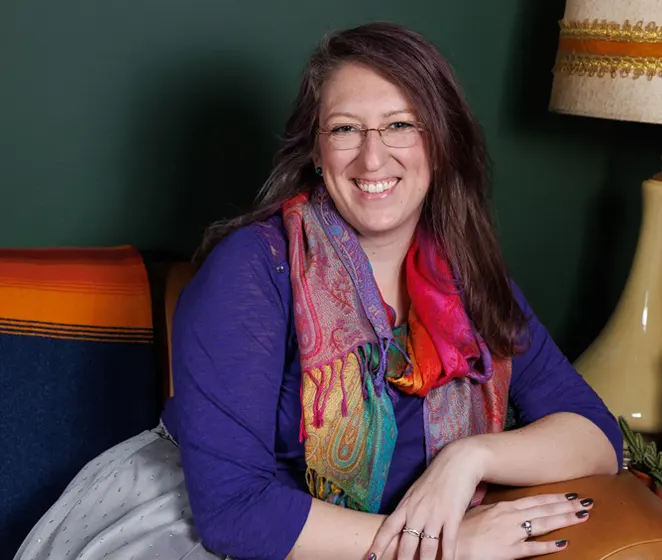by Intentional Spaces Psychotherapy
Leaving an abusive relationship is often spoken about as the finish line, the moment when everything should get better, when freedom and relief finally arrive. But for many survivors, the reality is more complicated. You might notice relief mixed with grief, fear tangled with hope, or numbness where you thought joy would return. Even after physical safety is secured, the emotional impact of domestic violence lingers. This can leave you wondering, Why don’t I feel better yet?
The truth is that healing from domestic violence does not follow a straight or predictable timeline. The effects of abuse ripple through the body, mind, and relationships in ways that can take time to untangle. What happened to you may have shaken your sense of safety, trust, and identity, and recovery involves gently rebuilding those foundations. It is not about erasing the past; it is about learning to live beyond it.
You may have been told, directly or indirectly, that the abuse was your fault, that your feelings do not matter, or that what you endured was not serious enough. These false messages can linger long after the relationship ends, shaping how you see yourself. Beginning the healing process means slowly replacing those messages with truth: that what happened was not your fault, that your experiences matter, and that you are deserving of safety and care.
This blog is not a checklist for getting over it. Instead, it is an invitation to see healing as an ongoing journey, one marked by both pain and possibility. These first steps are not rigid rules, but gentle guideposts to help you reconnect with safety, self-trust, and hope as you move forward.
What Healing Really Means
When we talk about healing, it is easy to imagine a point where everything feels perfect again, where trauma has no impact. But in reality, healing looks more like building a life where you can feel safe enough to breathe, connect, and grow, even if painful memories still exist.
Healing is not about dismissing or erasing your story. It is about making room for your full humanity. It is the process of turning survival into living. Sometimes this shows up in big, visible ways, but often it looks small: choosing rest over self-criticism, laughing again after months of heaviness, or feeling your body relax for the first time in weeks.
In other words, healing is not about who you should be. It is about reclaiming who you already are, underneath the pain.
Step One: Establishing Safety, Physical, Emotional, and Relational
The first step in any recovery is safety. You cannot begin to heal if you are still in harm’s way, physically, emotionally, or relationally. This means more than just leaving an unsafe space. It is about creating an environment where your nervous system can begin to let go of constant vigilance.
Physical safety might involve changing locks, staying with trusted friends or family, accessing shelters, or developing safety plans. These actions are not just practical; they signal to your body that it no longer has to live in constant fear.
Emotional safety means making space for feelings without judgment. Many survivors learned to minimize or silence their emotions to survive. Giving yourself permission to grieve, rage, cry, or feel numb is part of reclaiming your voice.
Relational safety includes choosing who you allow close to you. Surround yourself with people who believe you, respect your boundaries, and listen without blame or dismissal. Not everyone deserves access to your story, and that boundary is yours to hold.
Creating safety is not an instant achievement. It is a foundation you return to again and again, as you learn to trust both yourself and your environment.
Step Two: Naming What Has Happened And What You Feel
Abuse often thrives in silence. Survivors may be told to keep quiet, to downplay what happened, or to carry the weight alone. Breaking that silence, first with yourself and eventually with trusted others, can be a powerful part of healing.
Naming the abuse does not mean rehashing every detail. It means acknowledging, clearly and compassionately, that what you experienced was real and that it was not your fault. This can be unsettling, but it is also deeply freeing.
Alongside naming the abuse, it is important to notice the emotions that arise.
What beliefs about yourself did the abuse plant? For example, the sense that you are unworthy, unlovable, or to blame.
What parts of yourself feel lost? Perhaps joy, creativity, confidence, or trust.
What emotions are present now? Fear, grief, shame, relief, or anger at what was taken.
Naming these truths does not mean you stay stuck in them. It means you honor them as part of your experience, creating space for healing to take root.
Step Three: Reconnecting to Self, Gentle, Small, Real
One of the deepest wounds of domestic violence is disconnection from self. In abusive relationships, survivors often learn to minimize their needs, silence their voice, or mold themselves to avoid harm. Rebuilding that connection takes time, patience, and gentleness.
Some ways to begin reconnecting:
Daily rituals. Simple practices like journaling, stretching, or noticing a moment of beauty remind you that your existence matters outside of survival.
Tending to needs. Sleep, nourishment, and rest are not indulgences; they are survival. Listening to what your body needs and honoring it is part of reclaiming care.
Creative expression. Art, music, or writing can access emotions that words cannot always reach. These outlets often bypass the internal critic and allow raw truths to emerge safely.
Reconnection is not about getting back to who you were. It is about making space for who you are now, wiser, more resilient, and still deserving of tenderness.
Step Four: When Healing Is Not Linear
Healing rarely unfolds in a straight line. You may feel strong one day, then overwhelmed the next. You may notice progress followed by setbacks. This does not mean you are failing; it means you are human.
It can help to remember:
Triggers are not proof of failure; they are signals that your body is still protecting you.
Grief, confusion, and doubt are normal companions on the path of recovery.
You are allowed to move slowly, and you do not owe anyone speed or neatness in your healing.
Recovery is less about erasing pain and more about learning to live alongside it in ways that no longer control you.
Step Five: Finding or Building Support That Respects Your Journey
Healing does not have to happen in isolation. Support, whether from trusted friends, survivor communities, or therapists, can be a vital part of feeling less alone. But not all support is equal. What matters is finding people who respect your story, validate your experiences, and allow you to move at your own pace.
Ask yourself:
Who believes me without minimizing my pain?
Who respects my boundaries?
Who understands trauma and its long-term effects?
Support is not about people fixing you. It is about being accompanied, having someone who can hold space while you rebuild trust, safety, and hope.
A Reframe: You Do Not Have to Be Fixed to Be Healing
A common misconception is that healing means being over it, strong all the time, or permanently free of pain. But healing is not about being fixed. It is about living in a relationship with yourself in new, compassionate ways.
Healing may mean allowing yourself to rest without guilt.
It may mean saying no when something does not feel safe.
It may mean choosing joy even when grief still lingers.
It may mean believing you are worthy of care simply because you exist.
You are not broken. You are not only what happened to you. You are someone learning, slowly and bravely, how to inhabit your life again.
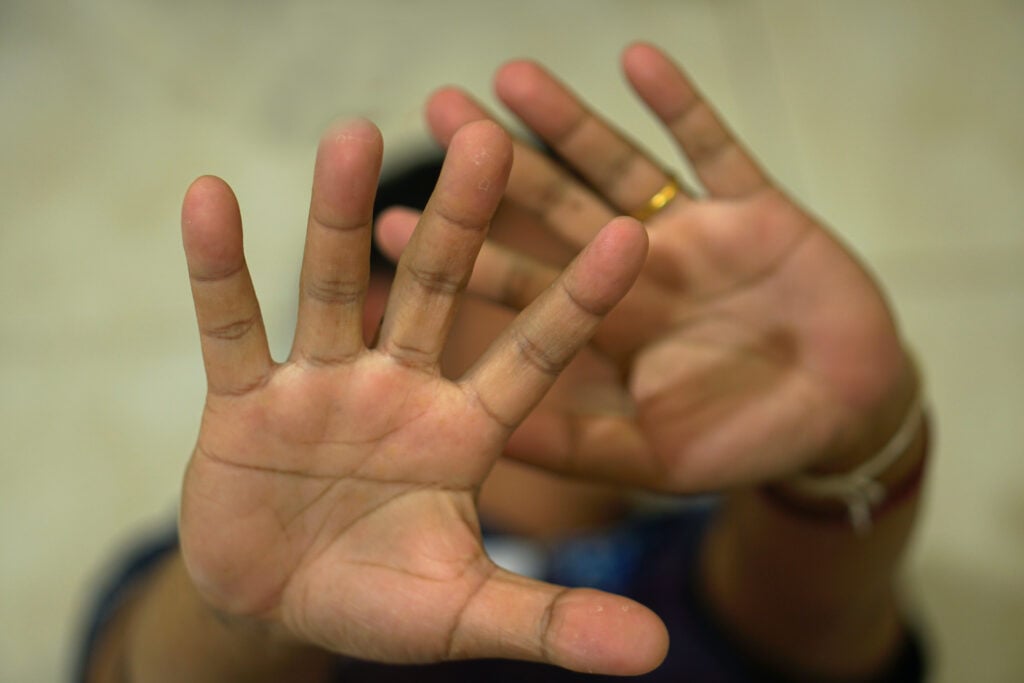
Final Thoughts
Beginning to heal after domestic violence is not about following a perfect roadmap. It is about permitting yourself to start where you are, even if it feels messy or unclear. Healing is rarely a straight line. It is a series of steps, pauses, and returns. Some days will feel heavy, others lighter. Both are part of the journey.
It is easy to compare your recovery to others or feel pressure to move on. But healing has no timeline. Even years later, you may still uncover layers of pain or new ways of understanding what happened. This does not erase your progress. It deepens it. Every act of care, resting, setting boundaries, and naming your truth, is part of that unfolding.
If you take nothing else from this, let it be this: you are not alone, and you do not have to carry this forever. Support is out there, whether through friends who listen, communities that believe you, or therapists who walk with survivors toward healing.
Your life is more than the violence you endured. You are allowed to seek safety, to trust again, to imagine a future filled with peace. Healing does not erase your past, but it can give you the freedom to write your future.
And even if you cannot see it yet, you deserve that future. You deserve safety, love, and belonging, not someday, but now.
